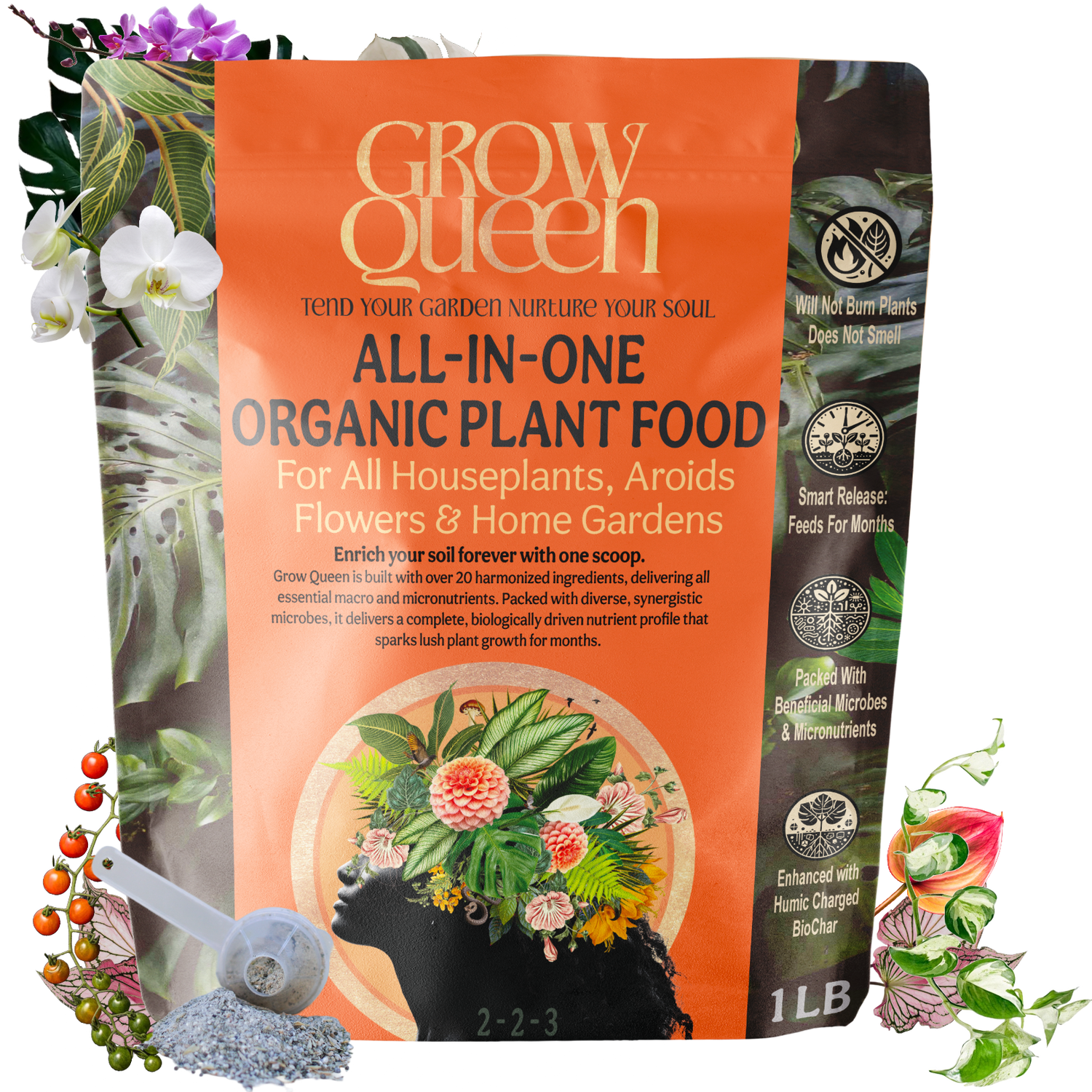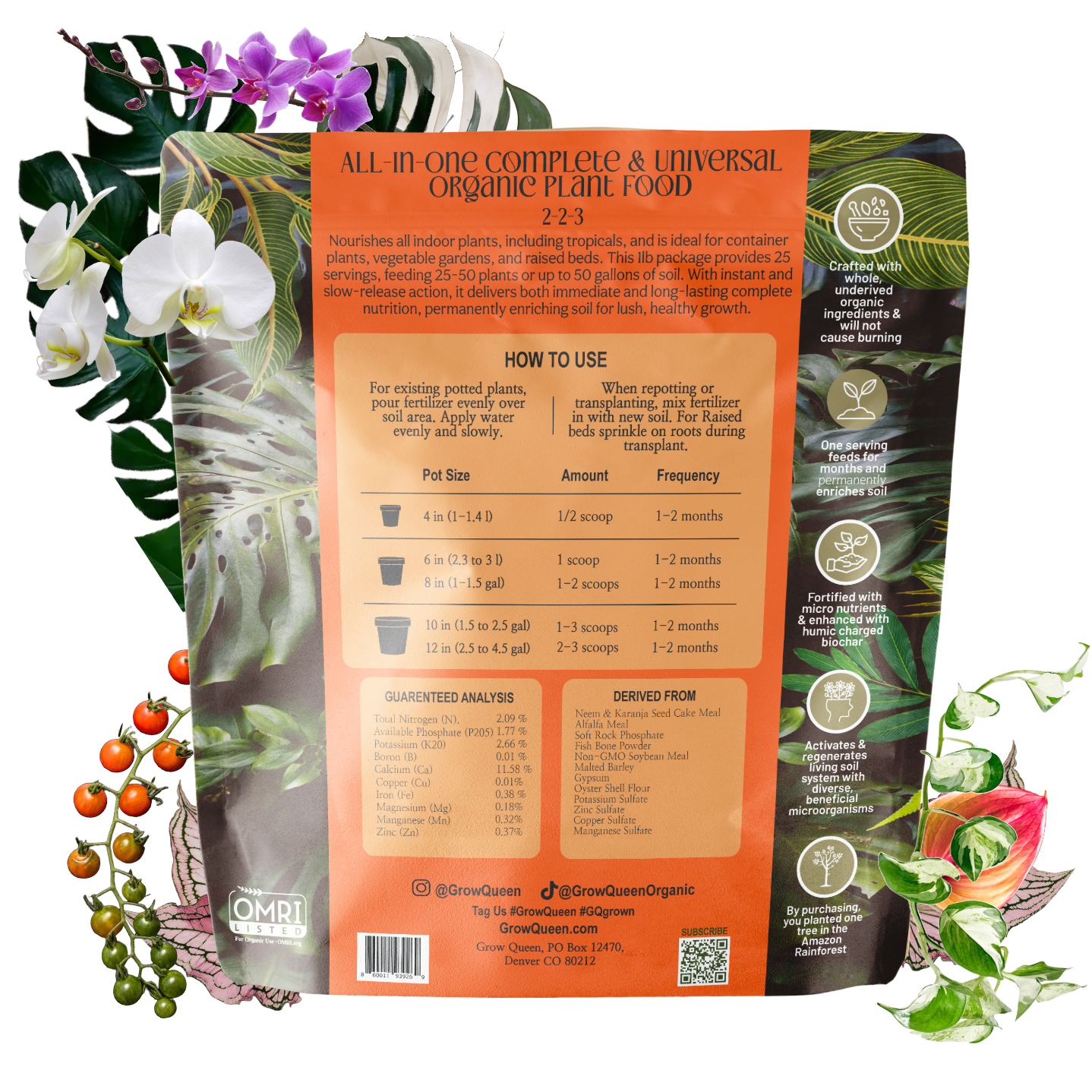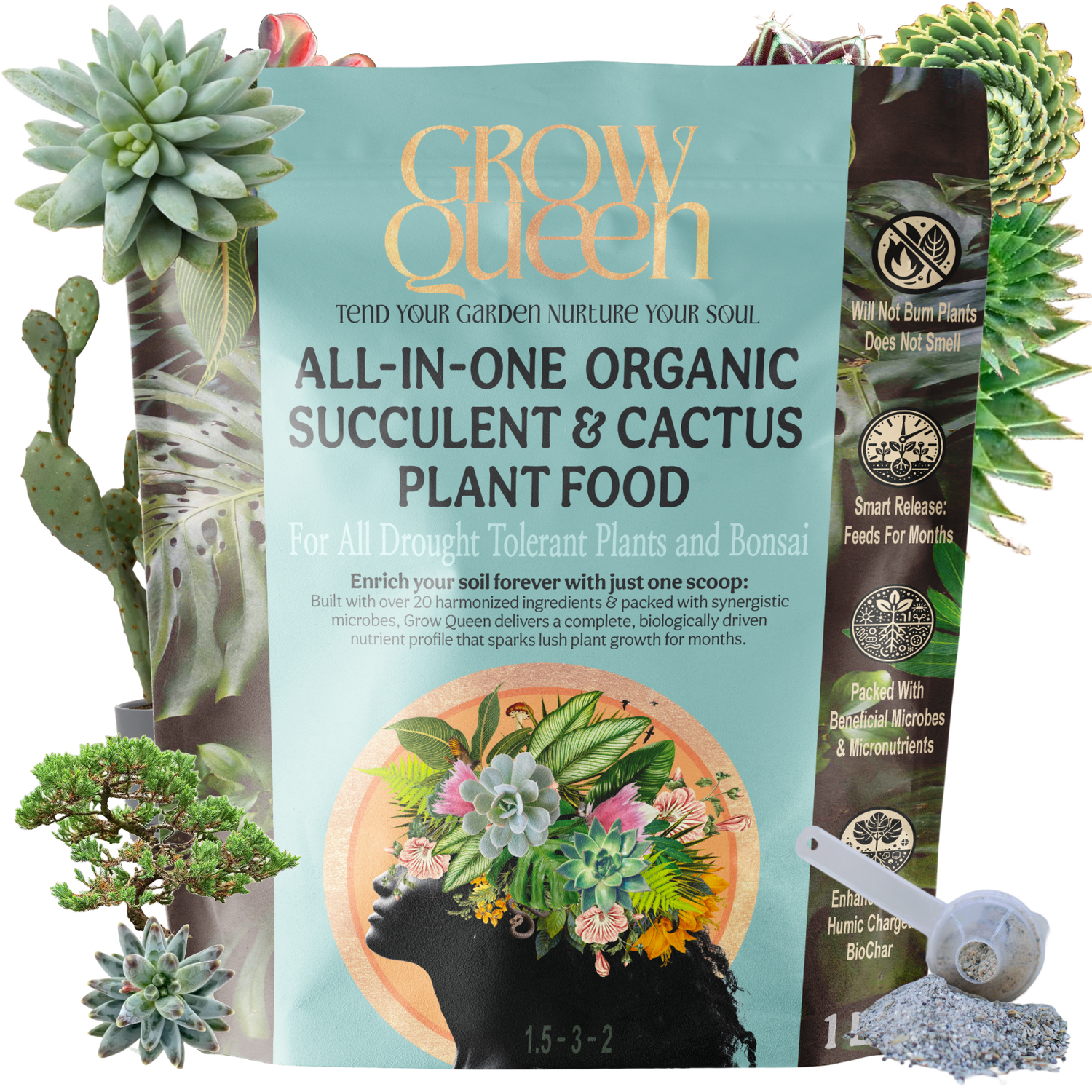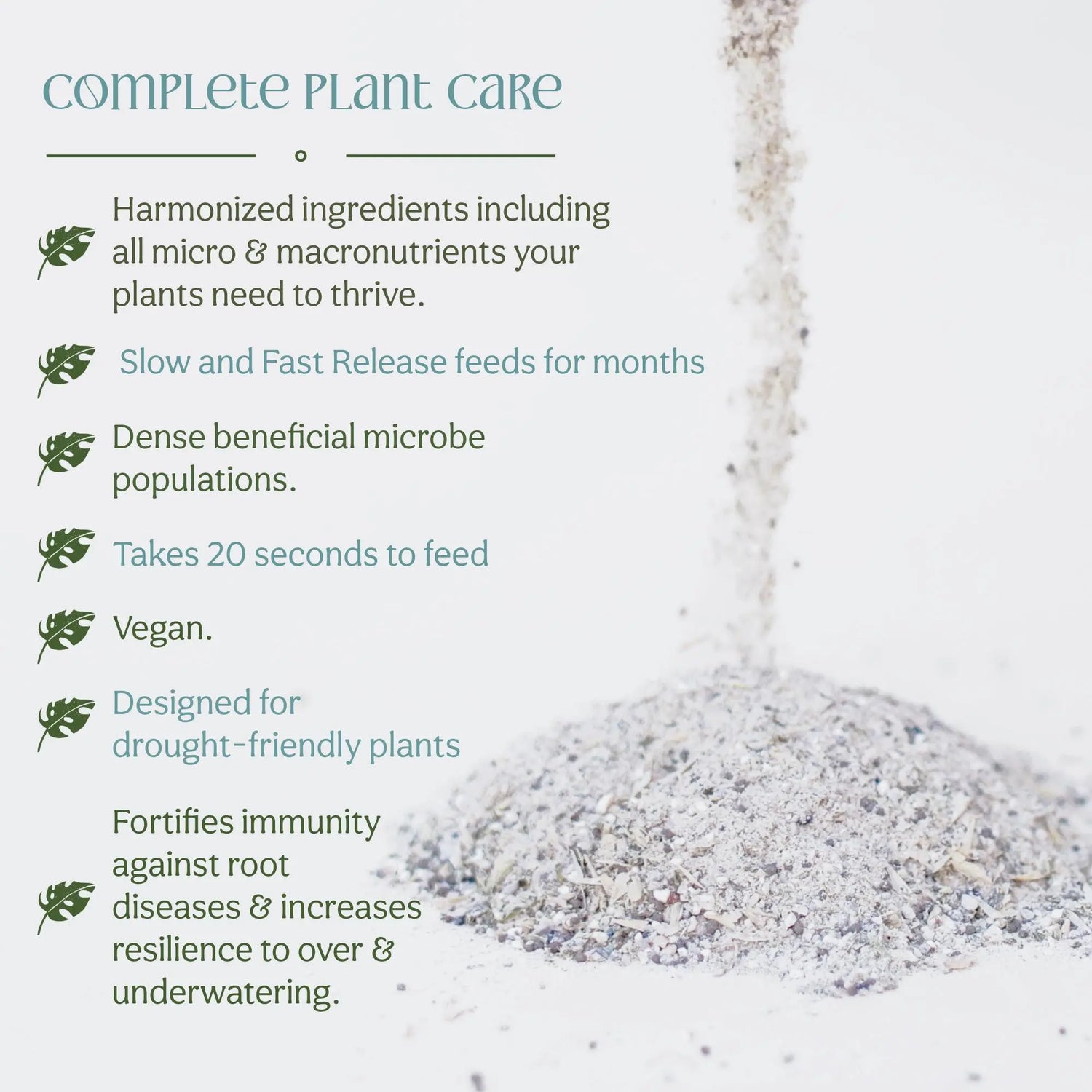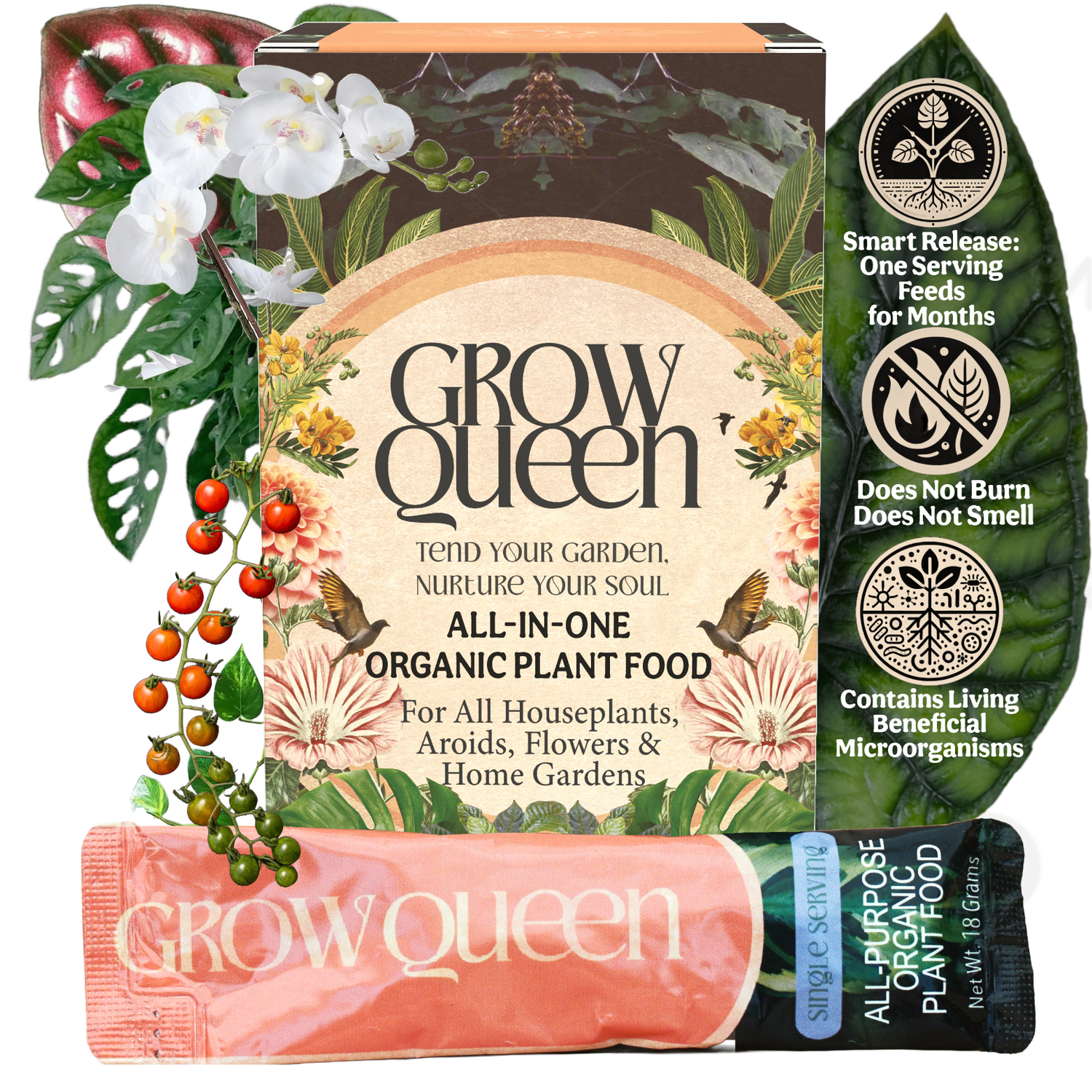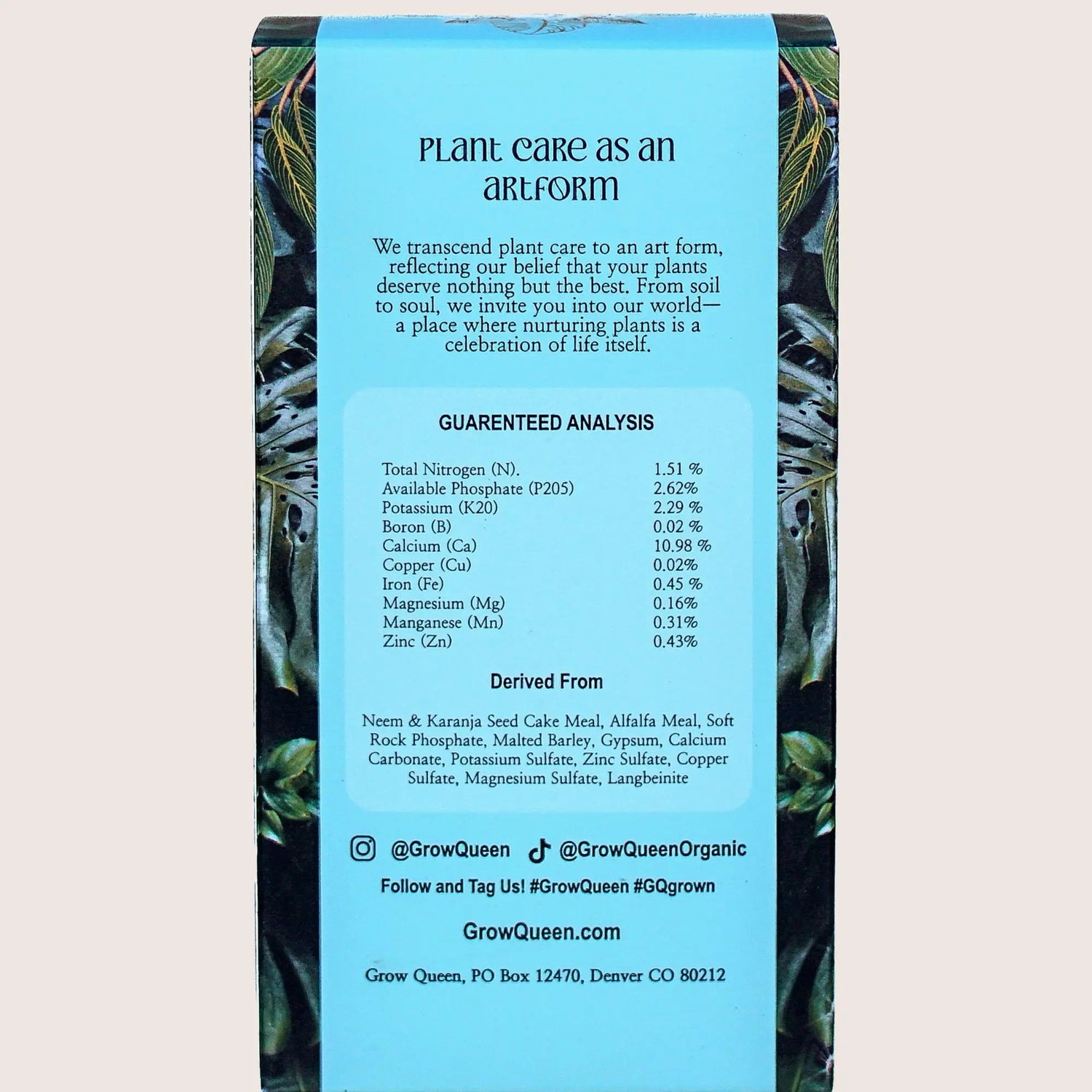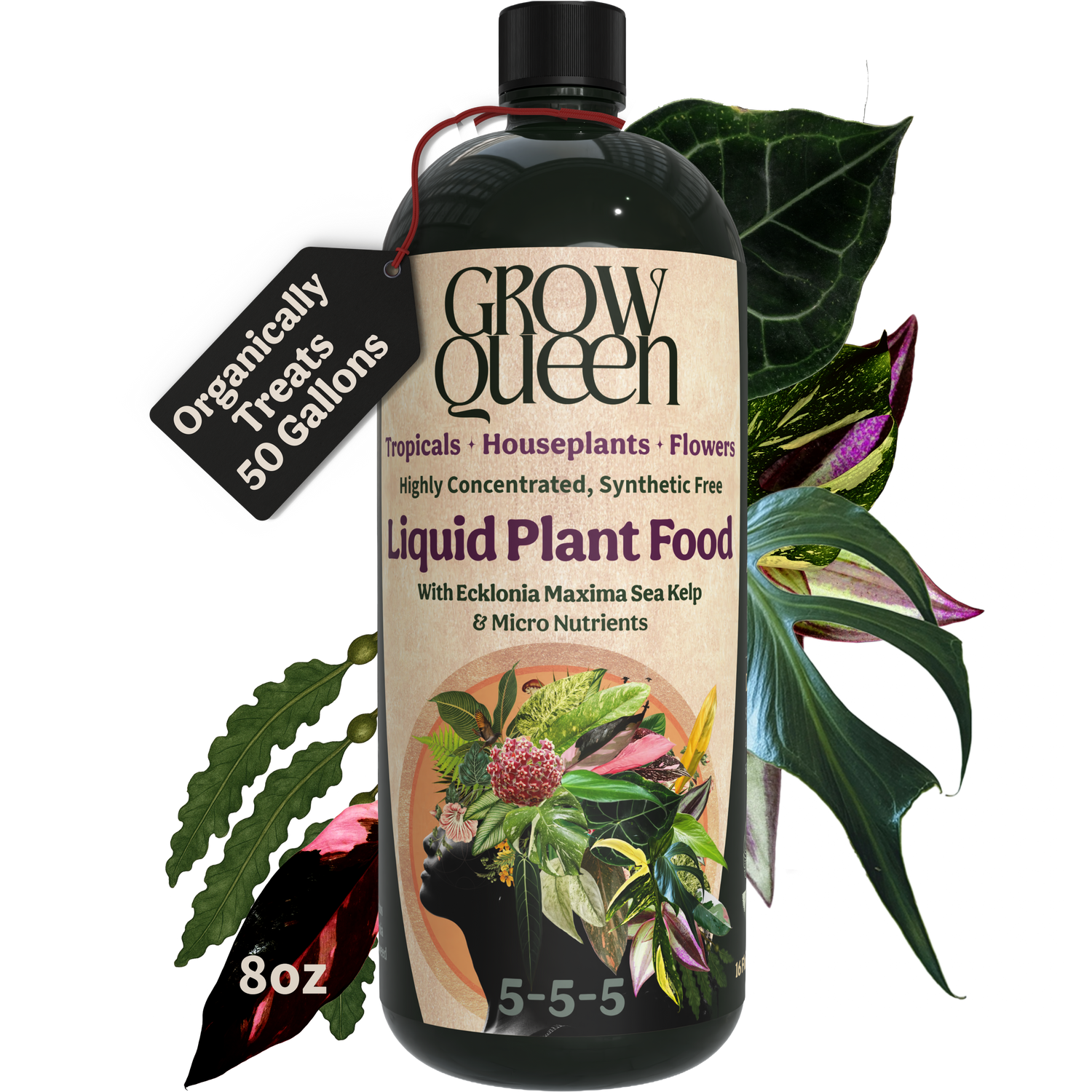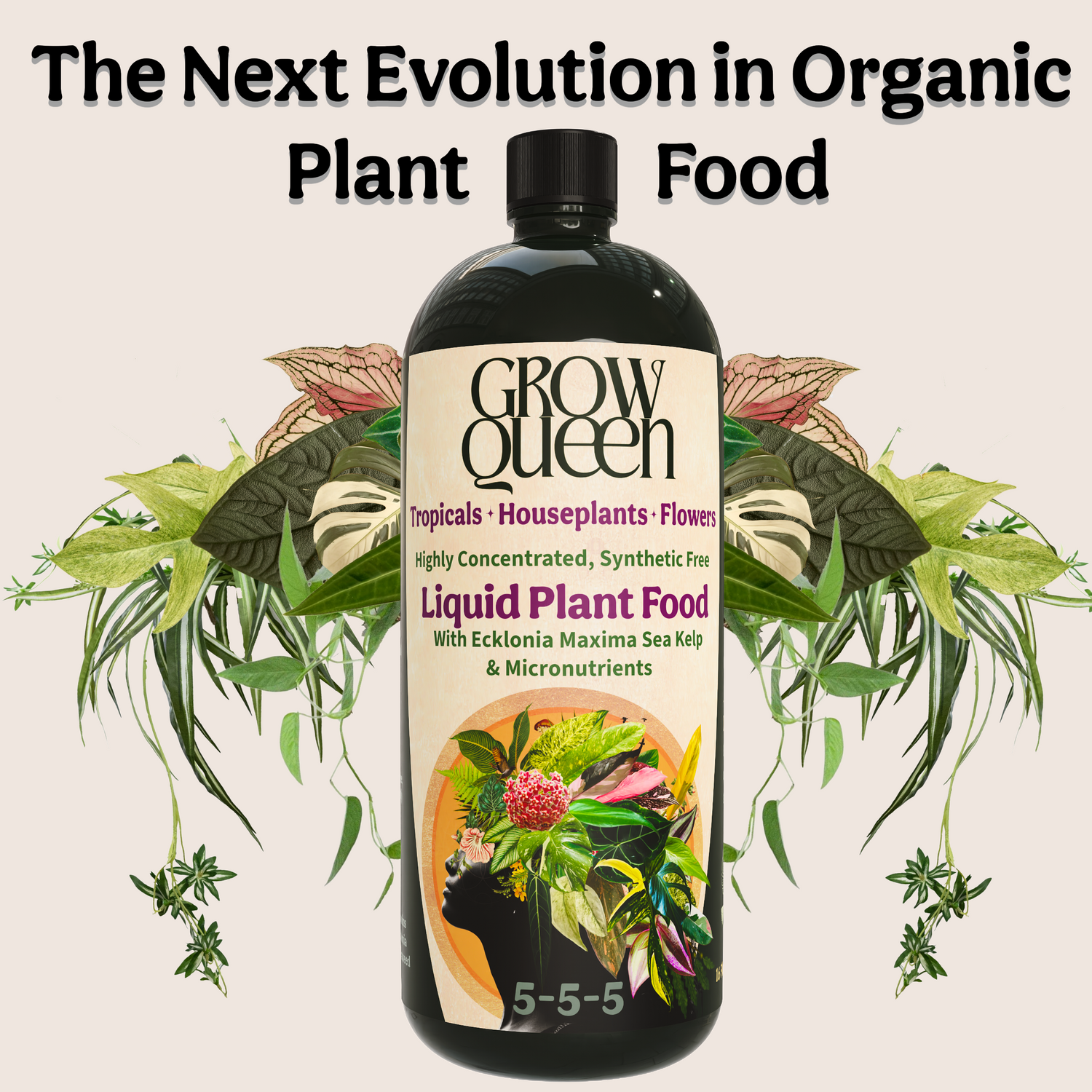Pillars Of Plant Care: How to Water Plants
Pillars Of Plant Care: How to Water Plants
Watering plants is an art that mirrors the intricate dance of nature itself—never static, always in flux, and intimately tied to the rhythms of the seasons. There's no one-size-fits-all answer to how often or how much you should water your plants. It's a practice that demands observation, sensitivity, and a willingness to adapt to the ever-changing needs of your green companions.
When you do water, as a general rule, watering as slowly as possible is best because the slower you water the less channeling occurs which can create dry pockets and kill the root systems and microbe populations therein.
Observing Your Plant:
Pay attention to the nuances in its appearance: the shades of green, the condition of new growth, and its overall posture—whether it's turgid and vibrant or drooping with fatigue. These visual cues are your plant's way of communicating its needs. Reflect on the last time you watered the plant, as this timing is a key factor in determining its current needs.
Assessing Soil Moisture:
This can be done through two simple methods: feeling the soil's weight or directly touching it. A pot that feels significantly lighter than when the soil is moist, or soil that feels dry to the touch, indicates that it's time for watering. For a practical rule of thumb, insert the first joint of your pointer finger into the soil; if there's no sensation of moisture, your plant is likely in need of at least a light watering. Conversely, if the pot feels unusually light or the soil is dry and the plant exhibits signs of slowed growth or drooping, it's time for a thorough drenching.
Using a Knitting Needle or Thin Wooden Stake:
Insert it halfway into the pot, hold it still for 30 seconds, and then withdraw it. If soil adheres to the needle, it indicates that the pot has significant moisture. Should the needle be wooden, it will feel moist to the touch if the soil is still wet.
Plant’s Water Demand and Sunlight Exposure:
A healthy, vigorously growing plant will naturally have a higher water demand to support its rapid development. This demand is further amplified by the plant's exposure to sunlight. Plants basking in abundant sunlight, particularly those in robust health, exhibit an increased need for water—and, by extension, nutrients—to fuel their growth.
Sunlight acts as a catalyst, accelerating photosynthesis and water uptake. However, this increased need for water must be balanced with an understanding of the plant's specific requirements and the ambient environmental conditions. For instance, environmental humidity plays a pivotal role in determining water needs. In humid, tropical climates, such as those prevalent in coastal areas or islands, plants experience reduced transpiration rates. This physiological adjustment means that plants in these regions generally require less water compared to their counterparts in dry climates.
Conversely, plants situated in arid environments—such as Colorado, Arizona, or Utah—face higher transpiration rates due to lower atmospheric humidity. This results in a more pronounced loss of moisture, necessitating more frequent watering to maintain adequate hydration levels and ensure healthy growth.
Moisture Preferences by Plant Species:
The preference for moisture levels varies significantly among different plant species. Some plants thrive in consistently moist soil, requiring a delicate balance to maintain the right level of moisture without becoming waterlogged. Others flourish under a "soak and dry" method, where the soil is allowed to dry out partially between waterings. This method mimics the natural precipitation patterns to which many plants have adapted over time. However, it is crucial to avoid letting the soil dry out completely. Overly dry soil can become hydrophobic, repelling water rather than absorbing it, leading to uneven moisture distribution. This not only risks the plant's health by creating dry pockets but also jeopardizes the soil's microbial life. Soil microbes, essential for nutrient cycling and supporting plant health, require a consistent moisture level to survive and function effectively.
Understanding these dynamics allows gardeners to tailor their watering practices to the specific needs of their plants, taking into account their growth stage, health status, and the unique environmental conditions of their surroundings. This nuanced approach ensures that plants receive the right amount of water at the right time, promoting their health and vitality.

